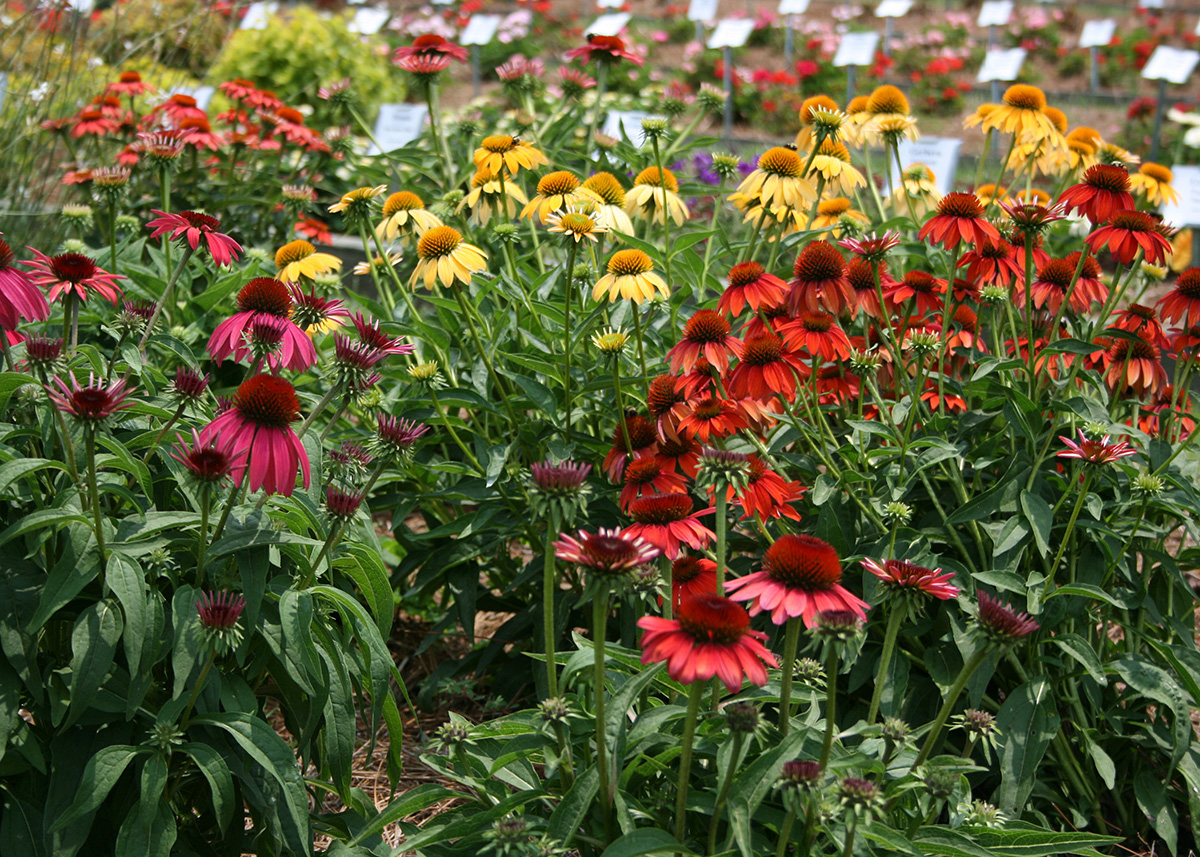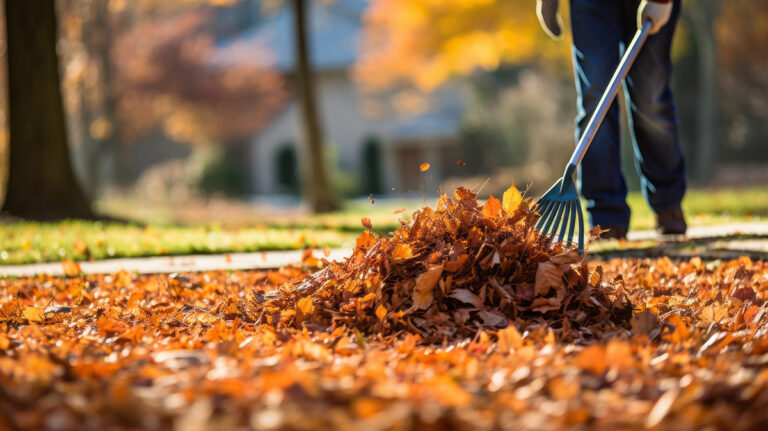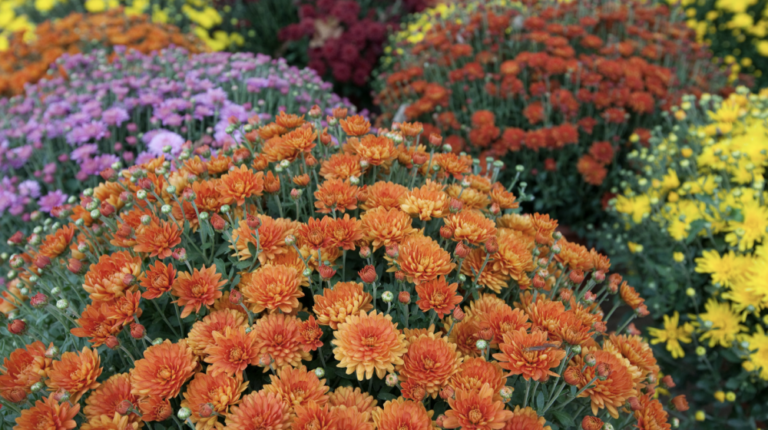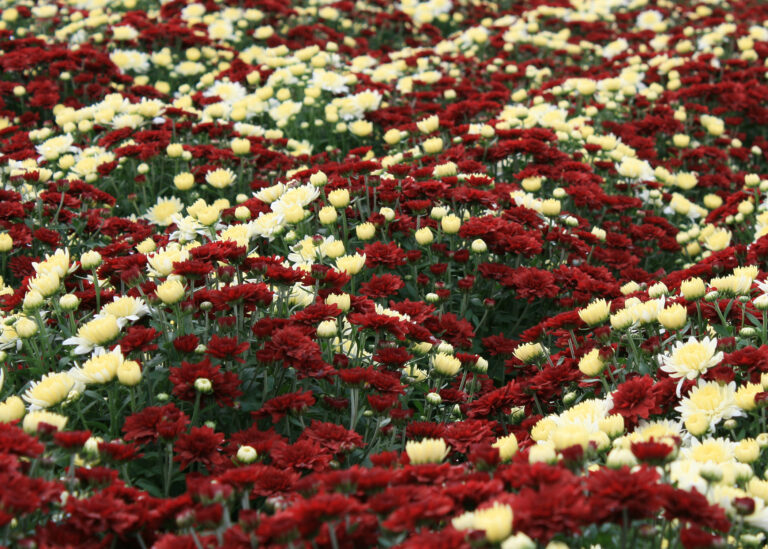
Although traditionally either white or purple, coneflowers now come in a variety of shades such as seen on these Cheyenne Spirit. (Photo by MSU Extension/Gary Bachman) Alt text -- Clumps of orange, red and yellow flowers with raised center cones rise above a sea of green stems.
by Bronwynne Bailey, Lafayette County Master Gardener
Purple coneflowers, known botanically as Echinacea, may be named after a hedgehog or a sea urchin, but these wonderful Mississippi natives are one of my favorite perennials. Bravado is one of the first widely planted coneflower selections. This species has a purple flower with an orange center. The plant is sturdy and produces an abundance of flowers. Bravado remained popular because the seed was widely available and easily cultivated.

Through a natural process, a Bravado seedling produced white flowers and the White Swan selection was named. These two hardy and prolific species can create a lovely landscape when grown together.

There are nine different species of Echinacea native to North America. One popular version is Echinacea purpurea, the Eastern purple coneflower. This beauty grows up to 3 feet tall and wide and has large purple flowers with dark centers. The blossoms may be as large as 2-3 inches wide!
But coneflowers are not just purple or white anymore. For example, the all-America Selection Cheyenne Spirit has multicolored flowers featuring white, orange, yellow and red.

Because these coneflowers are native wildflowers in Mississippi, they are at home in a naturalized wildflower garden or area. With blossoms up to four months, they are a good bang for your buck! Like many perennials, more flowers are produced in the second and third years

Echinacea tolerate a wide variety of soil types, from tight clay to sandy. Choose a site in full sun for best flower performance. Space your plants about two feet apart. A teardrop-shaped drift will look awesome once they are blooming. Rudbeckias, coreopsis, Shasta daisies, salvias and angelonias make nice companion plantings. Buddleias and lantanas also combine well. Try purple coneflowers with purple fountain grass or some of the miscanthus for a real showy display. Irrigation is needed only when the plants are newly set out. Once established, normal rainfall is sufficient, except during extreme droughts.
Once established, these plants are among our hardiest selections, able to withstand our hot and dry summer. Feed them sparingly in the spring using a balanced, slow-release fertilizer, about 2 tablespoons per plant. If you prefer, you can use high-quality compost or other organic fertilizer. Coneflowers may be the ideal plant for busy gardeners because they thrive on neglect.
Be careful when applying any type of mulching materials. Excess mulch can hold moisture against the crown. When mulching coneflowers, pull the mulch away from the crown after application. The crown of the plant is susceptible to rot conditions. This is not a problem in the summer but can become one during the cool, moist winter months. Mississippi gardeners can address this problem by planting coneflowers in raised beds, which helps keep the plant crown drier.
We deadhead flowering plants to extend the bloom period, to remove the seed source of species that could become weedy and to maintain the health of flowering garden plants. Some plants have a life cycle with the ultimate goal of producing seed for the next generation. If we interrupt that process by deadheading spent flowers, the plants will continue to bloom as they try to complete their genetic programming. Removing the spent flower heads allows the plant to spend its energy on growing stems, leaves and most importantly, the root system. You can increase bloom size by removing side flower buds, allowing the plant to send more energy to the main flower.
Coneflowers can be propagated either by division or seed. Division of the crown can be performed every three to four years. The clumps should be divided in the spring as new growth is emerging. Each crown division should have a shoot and roots attached.
Coneflowers will readily grow from seed. A short period (about 30 to 90 days) of cool, moist stratification can help ensure even germination. Sowing coneflower seed in small pots in the fall and leaving the pots outside is an easy way to stratify. When the seedlings have two or three sets of leaves the following spring, they can be transplanted. Purple coneflowers are also great as cut flowers. If you let one get past its prime, simply pick the petals off and use the brown cone in the vase. Don’t throw the arrangement away when you’re finished. Let the flowers dry completely and then scatter the seeds around for a denser planting. For additional information on Echinacea, see my Mississippi State University Extension Service Publication 2690, “Purple Coneflowers for the Mississippi Gardener.” This publication provides details on the different species of coneflowers and lovely photographs of different coneflower selections. You can also view the Southern Gardening TV segment Purple Coneflowers.



